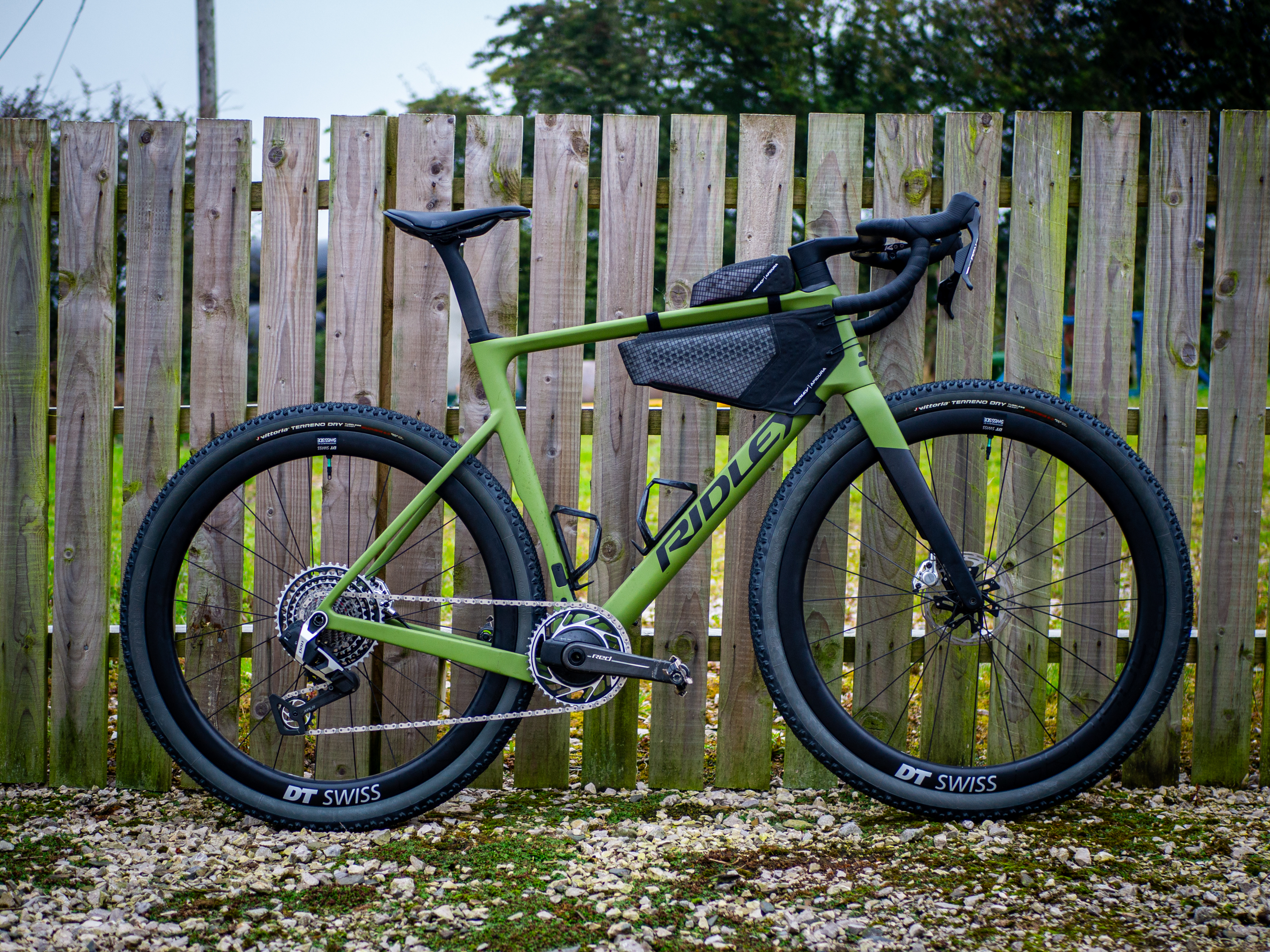
Price: €11,699.00 as tested
Size: L
Weight: 7.9kg (ready to ride with 50mm tyres)
Groupset: SRAM Red XPLR AXS
Wheels: DT Swiss GRC 1400
Bar/stem: Forza Nimbus Pro Integrated Flared Gravel Bar & Stem
Ridley's new gravel bike will become a blueprint for how the best gravel race bikes will be designed over the next handful of years. That's a strong way to begin a review, I know, but I want to capture your attention because although that statement is nothing more than my own opinion, I really want it to be true.
As we lead into the UCI Gravel Worlds, Ridley is today announcing a bike that was first sighted at the often-dubbed 'unofficial gravel worlds', Unbound Gravel, in June. Team Classified-Ridley rider, Piotr Havik, was given the bike just 10 days prior to the race and despite having the Kanzo Fast at his disposal and dialled in, he decided he had to race the new bike. He finished 4th.
Coincidentally, I too finished 4th when I rode this review sample at the British Masters Gravel Championships, a 90km undulating race over rough ground at the end of August. On the same day in the elite races, Annabel Fisher rode hers to victory in the women's race (technically 2nd behind Alison Jackson but as a non-Brit, she was ineligible for the title), and Toby Perry rode his into 2nd in the men's race behind Connor Swift.
The bike in question is the Ridley ASTR RS, a bike that, put very simply, pairs an aerodynamic frame with narrow handlebars, massive tyre clearance, decent weight, and a geometry that pairs a long wheelbase with a racy, aggressive fit. Couple that with the new SRAM Red XPLR AXS groupset (in my specific test spec) and you have a big green check against each item on my gravel race bike wishlist.
Ridley says it is a combination of the Kanzo Adventure, with its wide clearance and long wheelbase, and the aero needs of racers in gravel events with more technical terrain and higher average speeds such as Unbound, the Traka and Big Sugar. Interestingly, it isn't set to replace the Kanzo Fast but rather will live alongside it in the range.
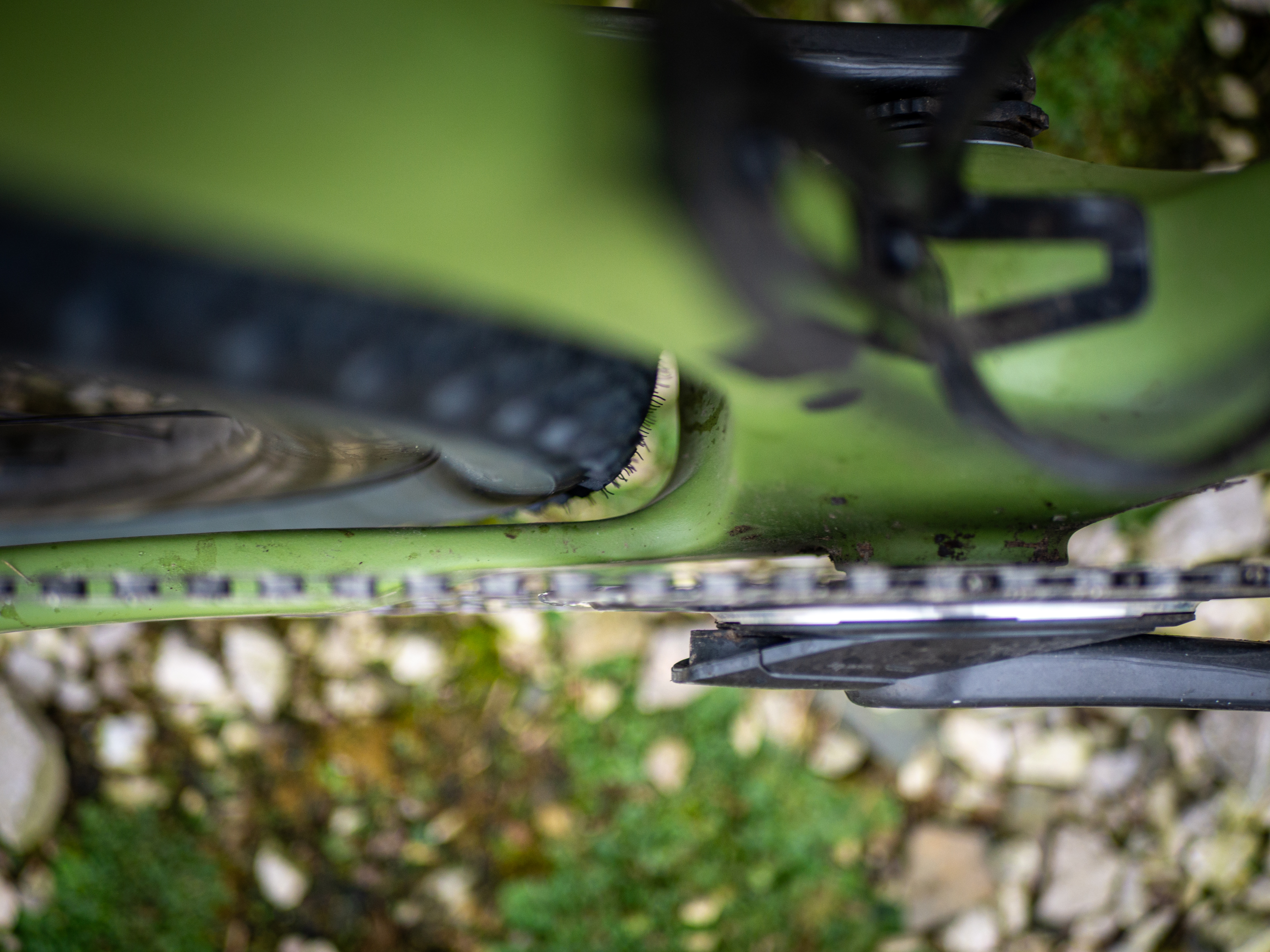
Why I think it's the future
There's no denying that gravel bike racing is getting faster as it gets more serious. The winning average speed at the Men's Unbound, for example, has grown by 2mph in just four years. The faster it gets, the more aerodynamics matters. It's the reason we saw Lachlan Morton wearing a skinsuit with an inbuilt hydration bladder at Unbound 2024, for example.
But gravel is still comparatively slow compared to road racing. Where the men's pro road peloton speeds are now approaching 50km/h, the fastest gravel racers are averaging more like 35, and most amateur racers more like 30. Aerodynamics still matters a lot, but the resistant force of airflow is smaller.
Then when you consider that the rough surfaces of gravel courses mean that absolute rolling resistance is significantly higher than on the road. The breakdown of the forces acting against a rider is massively different. Aero still matters most, but that proportion of rolling resistance is much higher. When it comes to optimising your setup for a particular course, tyre choice is essential.
With wider tyres generally offering lower rolling resistance, it makes sense that the wider you go, the faster you'll be. The rougher the course, the truer this will become, and it also lets you run lower pressures, reducing your chance of punctures and improving grip in corners. Obviously, there's a limit to this; fat bike tyres may not be the next frontier of performance, but the industry has yet to settle on just how wide is optimum. The current trend is somewhere around 40mm, but the ASTR RS goes much wider.
Plenty of bikes currently offer one or the other. The BMC Kaius 01, for example, pushed the envelope with aerodynamics - its 36cm handlebars the big differentiator - but the 44mm tyre clearance is still pretty limiting. The Lauf Seigla goes the other way, going all-in on tyre clearance with space for 57mm, but the focus for the frame is more on vibration absorption rather than aerodynamics, and if you buy it in a size L or XL you'll get frankly ridiculous 44cm wide bars. Sorry Lauf, but I really dislike wide bars.
On paper at least, the Ridley ASTR RS is the bike doing both of those things well, without any real detriment to weight, and as well get into below, it translates off paper and into the real world quite nicely.
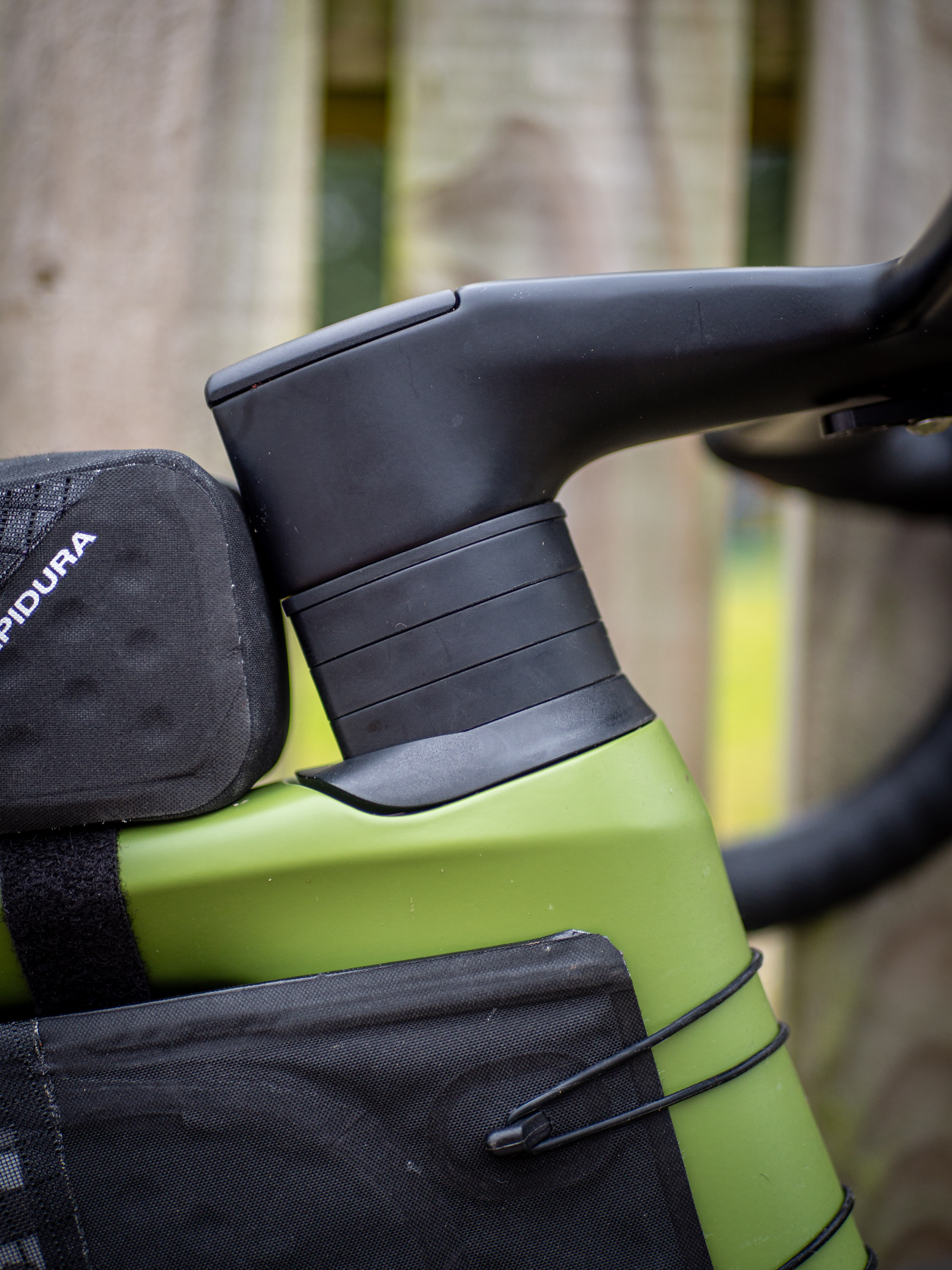
Design, specifications, and how they affect the ride
The base of the new ASTR bike is a semi-aero frame that wouldn't really look out of place on the road. There's no major aero trickery, just a simple combination of aerodynamically profiled tubes and overall I think it looks decent.
There are two variants of the new bike. The ASTR RS is the higher-spec model you see here. This test model is the top-spec model in the range, priced at €11699 (international pricing to be confirmed), but this model starts at €7299 with GRX Di2.
Meanwhile, the ASTR (without the RS suffix) is a more entry-level model with a lower-grade carbon fibre layup. This bears a very similar silhouette, but with a round seatpost rather than the D-shaped post on the more expensive model, and lower-spec models come with a two-piece bar and stem, rather than a one-piece option. The price here starts at €3299 for a mechanical 2x Shimano GRX setup and rises to €6299 for 2x GRX Di2.
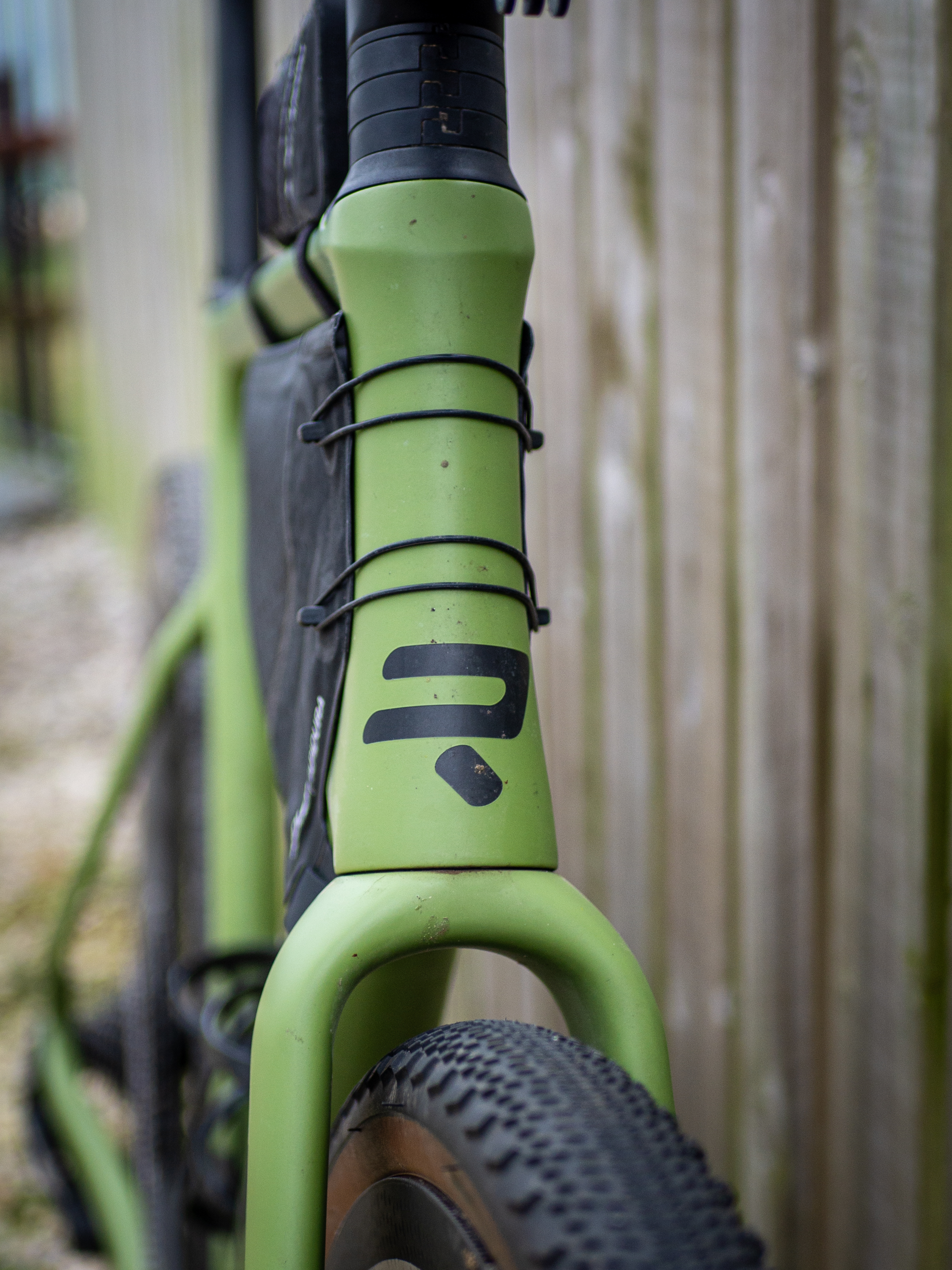
The tyre clearance on both models is 700 x 52mm, or 29 x 2.0in mountain bike tyres. That's not the widest on the market, as far as I am aware that crown goes to the Lauf Seigla as mentioned above and the 3T Extrema Italia, but it's still one of the most progressive around.
Both are compatible with 1x and 2x groupsets, although the latter option reduces the tyre clearance down to 47mm. The ASTR RS is compatible with electronic groupsets only, while the ASTR is also workable with mechanical groupsets.
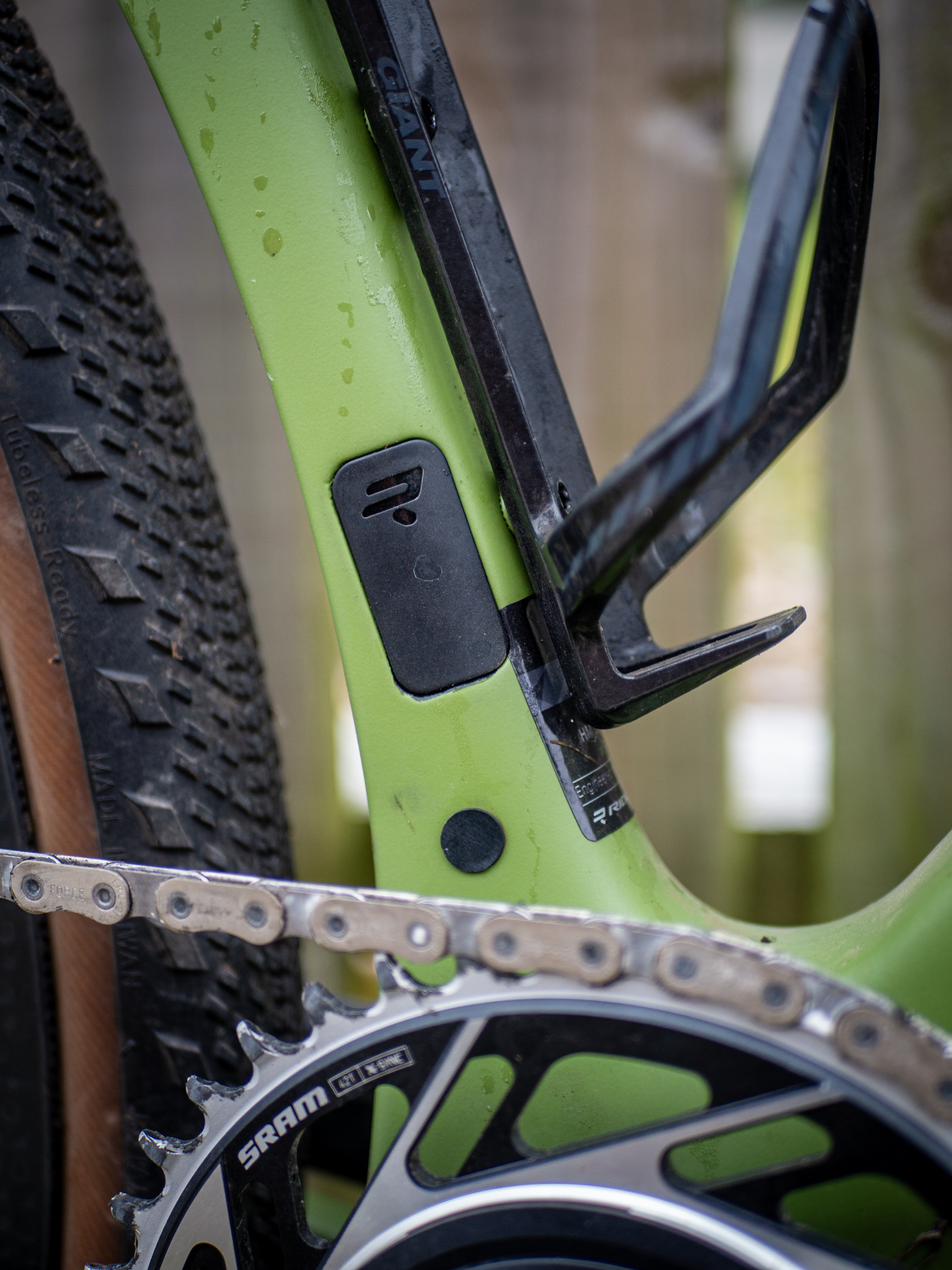
Probably the easiest way to comprehend the position of the ASTR in Ridley's lineup, and in the wider market, is to compare the geometry to the Kanzo Fast and Kanzo Adventure.
You can see that the head angle and chainstays match the Kanzo Fast, helping it to replicate the fast handling and responsiveness of the bike, but the seat tube angle and wheelbase are more alike the Kanzo Adventure, a bike which was originally designed to be stable and surefooted for long-distance rides and bikepacking. When you pair that with a focus on keeping the weight down for racing, with mounts only for bottles and the aero frame bags designed in conjunction by Apidura, you start to get an idea of what this bike is about.
And at 890g for an unpainted medium frame, it's not the lightest on the market but it's competitive.
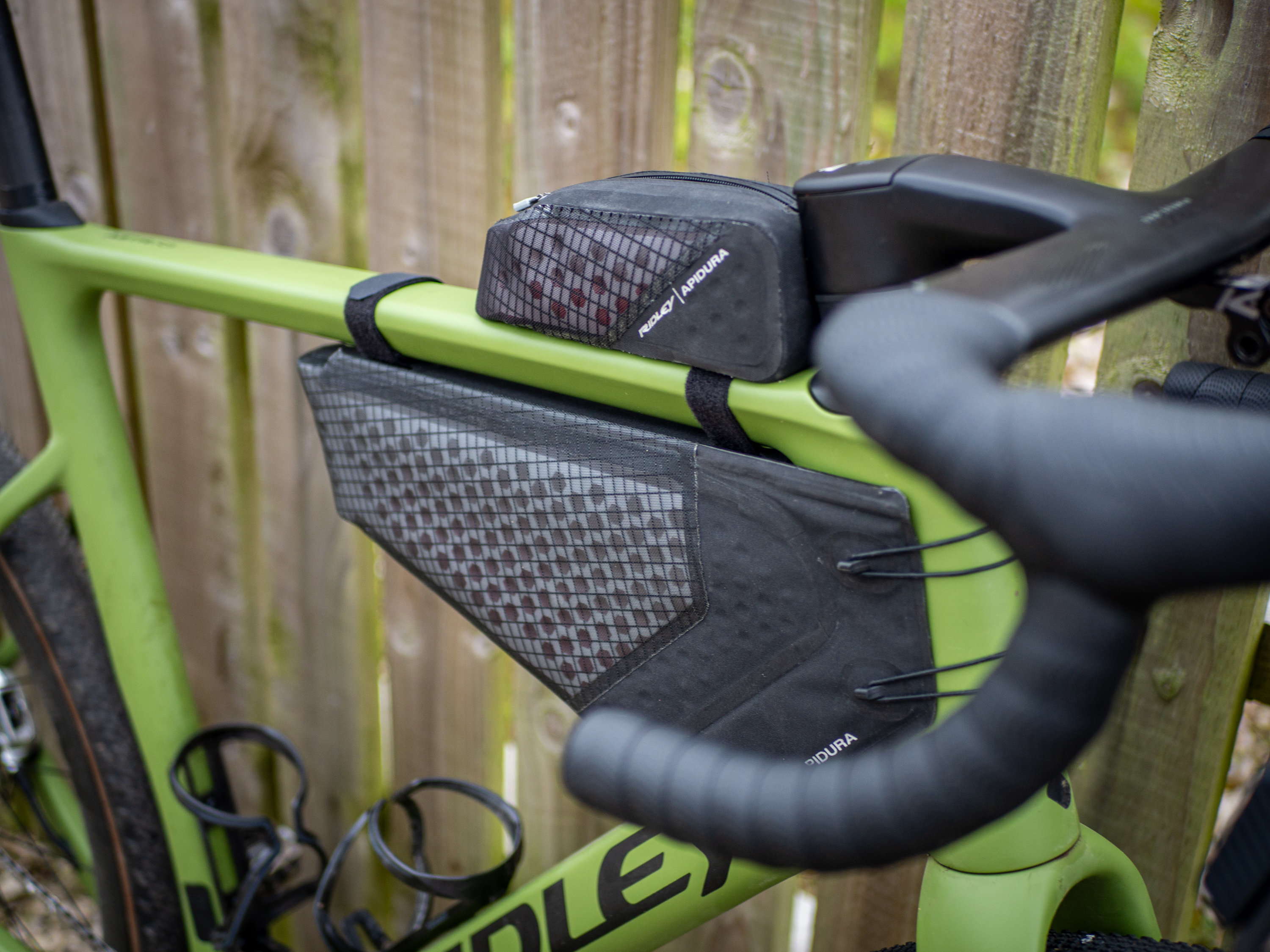
Up front, the ASTR RS (and higher-spec ASTR models) are given a one-piece cockpit. In the case of my test bike, that is a Nimbus Pro from Ridley's in-house component subsidiary Forza. At 36cm wide at the hoods and a 2cm flare to 40 at the drops, it puts you in a fast, aero position when rolling along the flat terrain, but without compromising on leverage in the drops when you're descending technical terrain.
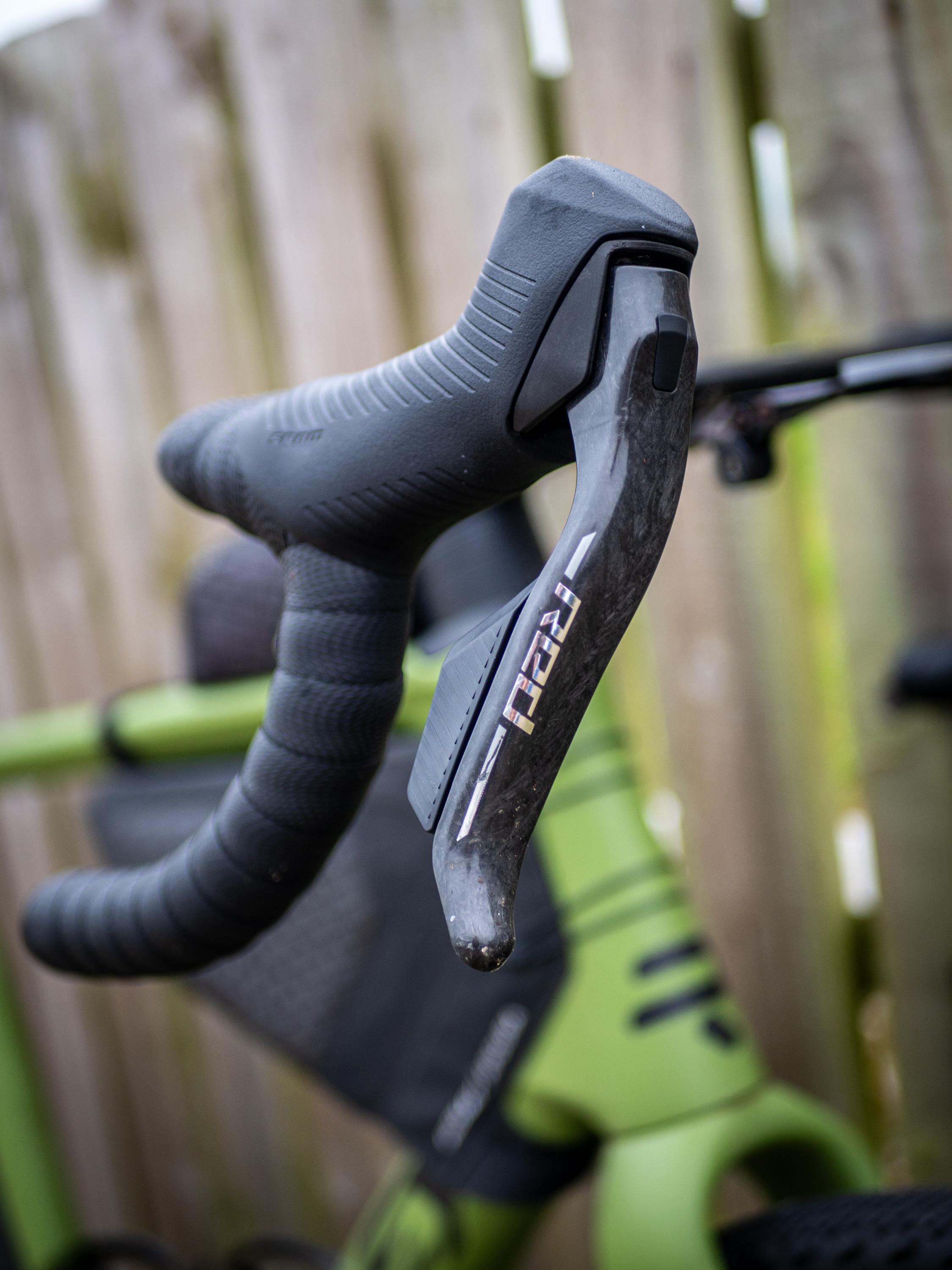
Paired with the ergonomics of the new SRAM Red AXS hoods, control of the bike felt excellent, and given their shape and my decision to angle them inwards slightly for ergonomics, the distance between the tips of the hoods on my test model, in its race-ready state, was a very-progressive 31cm.
My test bike was paired with DT Swiss GRC 1400 wheels which have a 24mm internal rim width. I really like DT Swiss wheels in general, and the GRC 1400 are among the best gravel wheelsets around, but there are more progressive options. The 24mm internal profile is no longer considered cutting edge, so their inclusion feels somewhat at odds with the bike's otherwise progressive nature. When I paired the bike with Zipp's 303 XPLR SW wheels (with their 32mm internal rim), the bike became even more capable and surefooted.
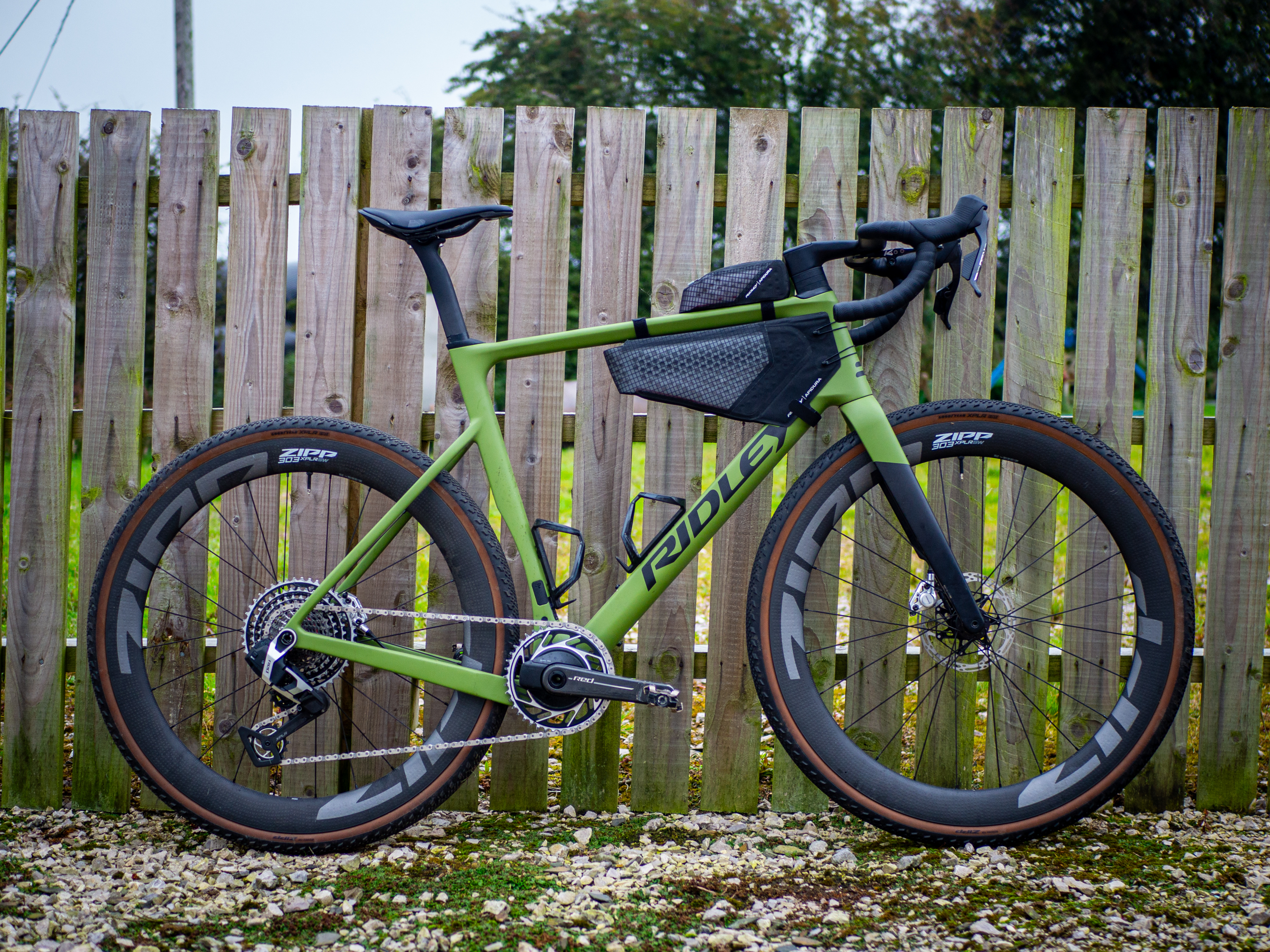
My esteemed colleague Tom has already covered the pros and cons of those wheels in a separate review, so I'll save my thoughts on those. You can read his thoughts in our Zipp 303 XPLR SW review.
Just a few weeks ago, my local cyclocross season opener (dry and fast, basically a grass crit) was a perfect test to prove that the longer wheelbase wasn't holding the bike back on twisty terrain. Those annoying banked hairpins where you repeatedly go up and down the same bank are usually my nemesis, but the Goodyear Inter XPLR tyres gripped brilliantly and either my bike handling skills had transformed, or the bike was making me look good. I know what my money's on.
A week later, with the DT Swiss wheels back on the bike, I took it to North Wales to race the 112km Graean Cymru UCI World Series race. With a pair of 2.0in Vittoria Terreno Dry tyres and Vittoria's Air Liner Light inserts fitted, I felt like the bike could roll over anything and everything.
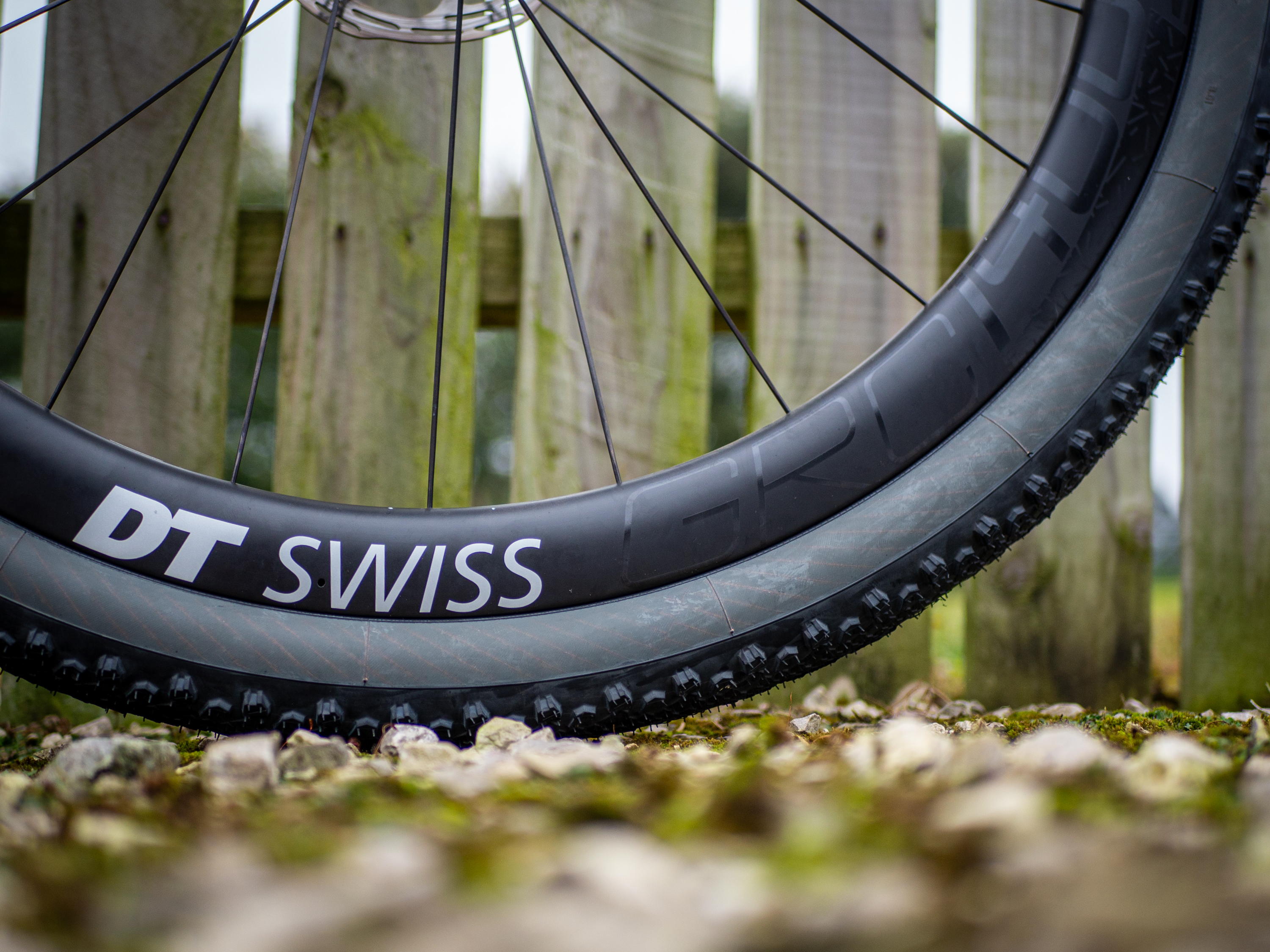
The surface was very rough, with bits of broken brick and paving stone strewn at random across the already-rocky gravel fire roads. Despite intentionally taking risks on rough lines at higher speeds to make up gaps on descents that I'd earlier lost on climbs, I didn't suffer a puncture all day, and although that sounds more like a positive review for the tyres, it wouldn't have been possible without a bike with such wide clearance.
Moving onto the aero performance of the bike, I'm not going to pretend I could feel it being faster, but everything I know about aerodynamics would argue that it is. As we learned in our recent wind tunnel superbike tests, around 80% of my total frontal area when riding is me, with only 20% coming from the bike.
Looking at the 20% portion, the design of the bike matches all the common themes with modern aero bikes, with well-shaped truncated tubes, a one-piece cockpit, dropped seat stays and a D-shaped seatpost. Although I've not tested it empirically, I am confident it is within the ballpark of what a good aero gravel bike should be. That ballpark would likely mean it's within the margin of error of testing anyway, although again, I appreciate this is based on assumption rather than evidence.
More importantly, focussing on the 80% – me – given the ASTR RS puts me into a long and narrow position, it's safe to assume it's net faster than an equivalent bike with less optimal geometry or wide handlebars.
What I'd do differently
With all the positives I've mentioned so far, you're probably thinking Ridley has backhanded me a blank cheque. Sadly, much as the Facebook commenters like to suggest as much, I don't get paid by brands for my reviews. I probably wouldn't drive a Peugeot if I did.
To restore a sense of balance, here are a few negatives I need to call out about the bike that cropped up during testing. Namely, a few build quality concerns that I'd be unhappy about if I'd paid for the bike.
Hopefully, most of these won't make it to paying customers, as I'm told my bike is a pre-production sample.
Firstly, the facing of my front disc brake mount was miles off, meaning it took an age (and a lot of filing) to get the front caliper to sit parallel to the rotor. For a good while I thought I'd be racing with that annoying 'ting ting ting' of rotors touching pads, and it took a good two hours to fix, but thankfully I eventually got it to sit straight.
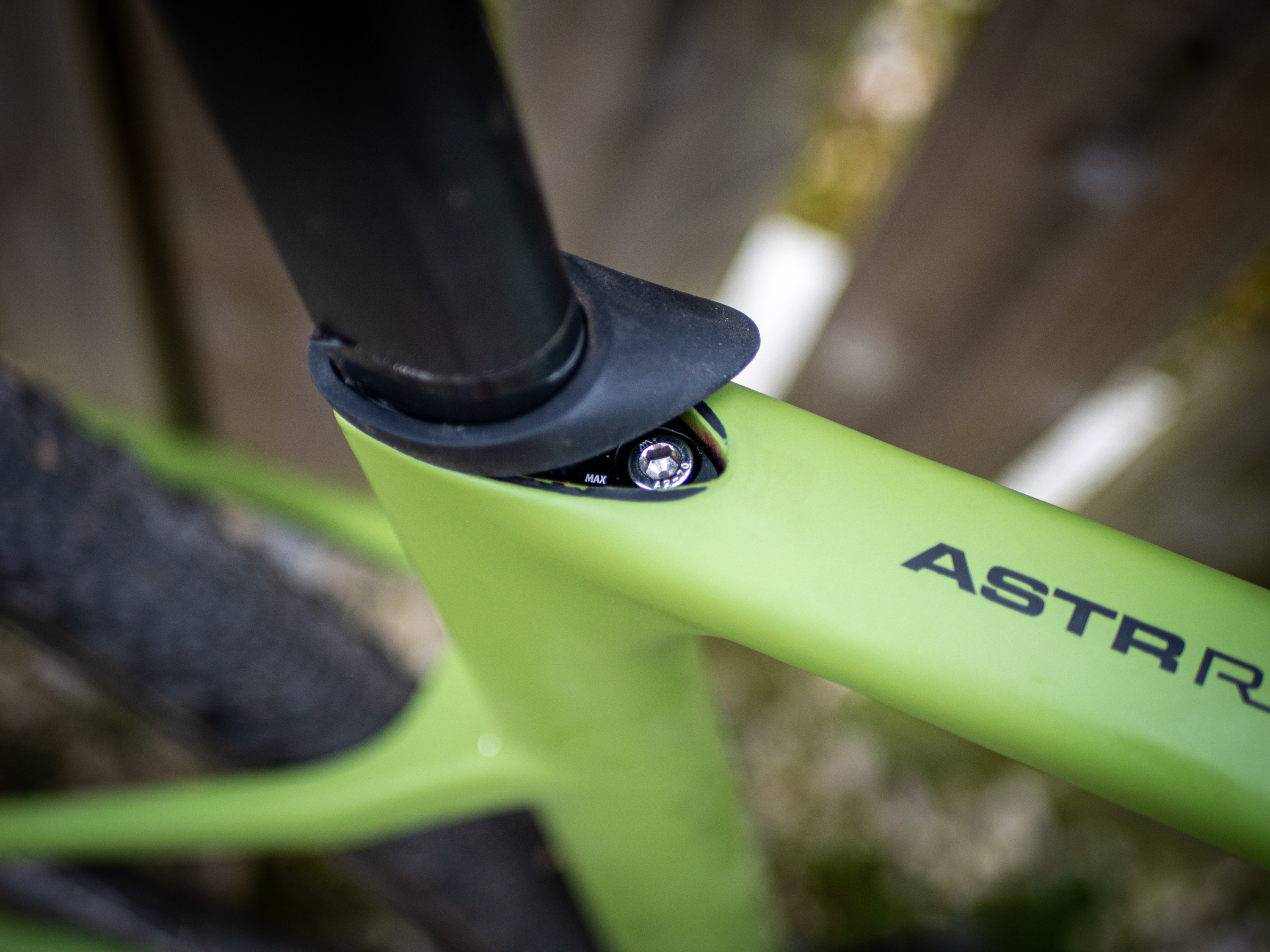
The second is a slipping seatpost. Thankfully this didn't happen during any of the races I did, but on a couple of earlier test rides, the recommended torque wasn't enough to keep it in place, so a liberal amount of carbon paste and a slight overtorquing was needed. It goes without saying that I wouldn't recommend going beyond manufacturer-recommended torque specs yourself.
The third is fragile paint. On the rear seatstay, a fairly innocuous knock from a multitool when removing the rear wheel was enough to take a chip out of the paint. Not a substantial one, nor one that would really affect the bike in the long run, but I can imagine significantly bigger knocks from stones flicking up, and regular knocks like this quickly begin to make a bike look worn. Importantly, it's only happened this once, despite having raced it on multiple occasions, so maybe I'm overanalysing that one chip, but I'd still hope consumer-facing products would have a slightly tougher coating.
The final negative is something that will definitely make it to consumers, and will either be a total non-issue or a dealbreaker: the press fit bottom bracket. Because of my impending races, I chose to swap the bottom bracket out for a CeramicSpeed version, and I've not had a single issue with it creaking or becoming contaminated. But given the regularity of water and dirt ingress when riding gravel, especially considering the poor manufacturing tolerance elsewhere in the frame (the disc brake mount), I worry this might lead to the dreaded press-fit creak over time.
Verdict
I maintain my opening line that the ASTR RS will become the blueprint for gravel race bike design. The only question left unanswered is whether 52mm clearance is wide enough, or whether, with bigger clearances, wider tyres on wider rims, and a better understanding of how they balance against aerodynamics, gravel bike tyres should go wider still. Only time will tell.
I know that Ridley isn't the first brand to acknowledge that aero matters in gravel, nor is it the first to enable big tyre clearance, but for anyone looking for a gravel race bike right now, I think the ASTR RS is the current forefront of what's available when you consider both of those approaches together.
It's fast, it handles excellently, it's comfortable, light, and surefooted yet nimble. Sure, there are a few minor concerns that will hopefully be ironed out by the brand, but overall, it's a great race bike and one I'd happily commit to buying.







